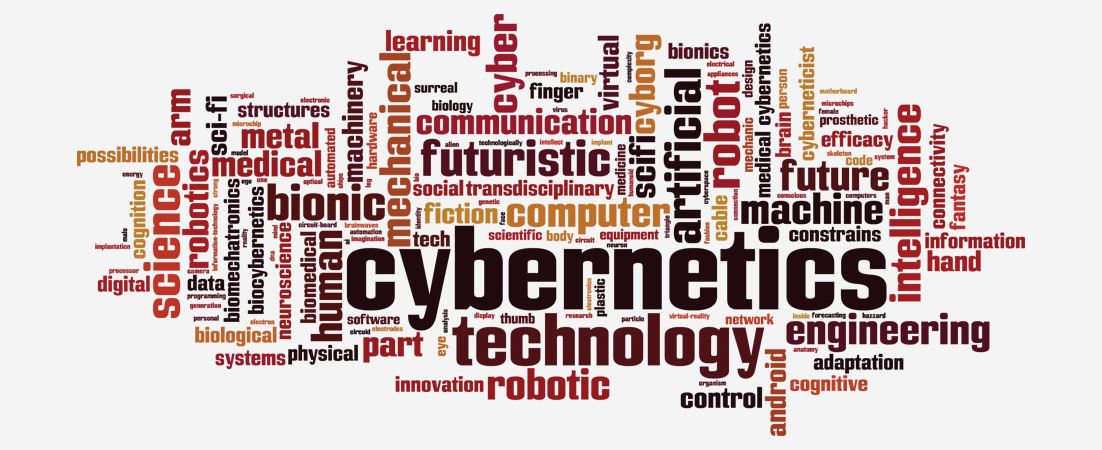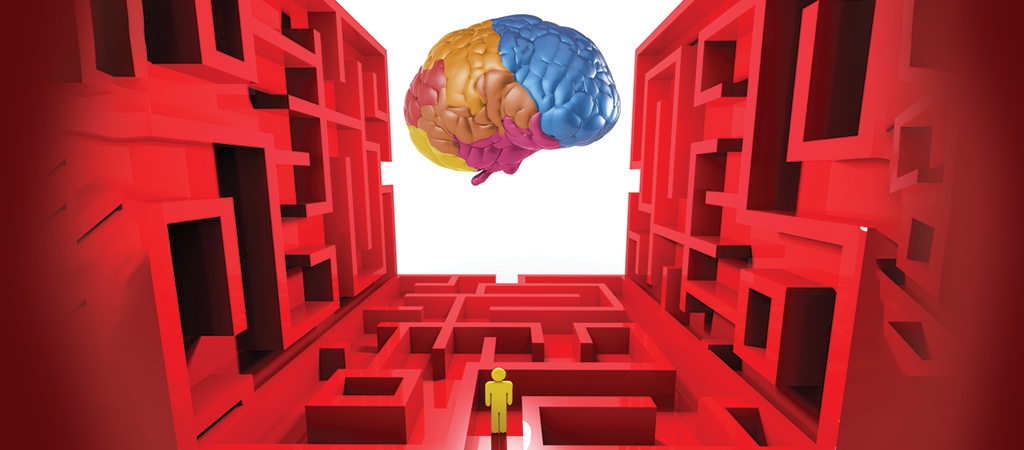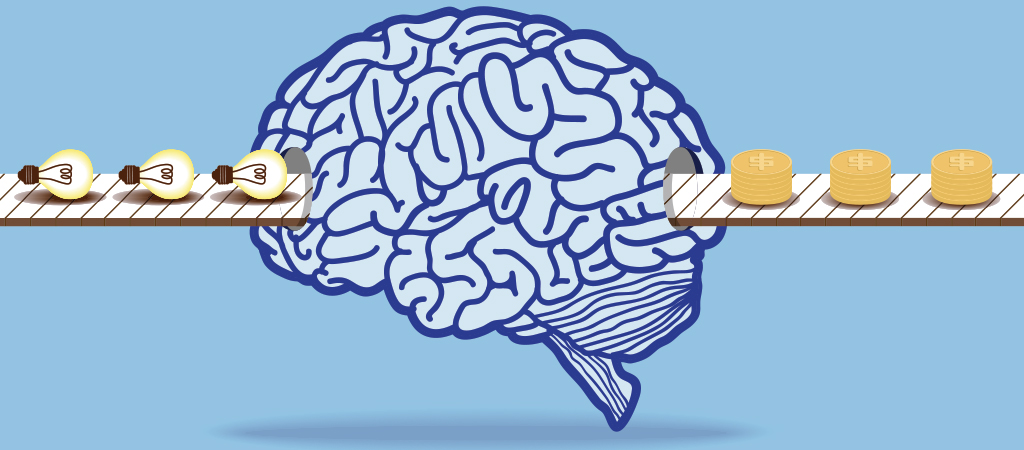We at the Centre for Applied Neuroscience in Business see the immediate urgent need for deployable end-to-end neuroscientifically enabled 3D virtual emulation software tools as a business rehearsal environment. To this end, we are actively developing a 3D Virtual Emulation Environment with Penguin ASI (www.penguinasi.com) to be showcased in 2016.
The following description illustrates how this 3D Virtual Emulation Environment would look and function in a Mining situation for example, but it can be readily adapted to fit the needs of any industry segment and provide the same magnitude of benefits to the user.
Our 3D Virtual Mine Rehearsal Environment
A 3D Virtual Mine Rehearsal Environment is a multi-player neuroscientifically designed “emulation” of the whole ‘greenfield exploration to mine closure’ lifecycle. It is a ‘pressure cooker’ environment designed to allow participants to “fail fast, fail often, fail cheap” within a failsafe rehearsal environment to discover and practice radically better ways of mining.
What is an “emulation”? An emulation is not a simulation.
A simulation is designed to teach skills through repetition of increasingly difficult and complex tasks. Many years ago while I worked at British Aircraft Corporation, a lot of my responsibilities involved research into perception and skill acquisition tasks for the British Ministry of Defence. I have worked on tank simulators, surface-to-surface missile simulators, helicopter simulators, and so on. They will not let you fly a jet plane until you have practiced hundreds of hours in the Simulator. Simulators add skills to an individual.
By contrast, an emulation adds no new skills but instead makes much better use of the skills that teams of people already have. It is designed to take existing skills and rapidly redeploy them into new and more powerful decision frameworks. You can think of a simulation as a way to do things better, and of an emulation as a way to do things differently. I like the analogy: “You can improve the candle as much as possible, but it will never lead you to the incandescent light bulb”.
An emulation takes you way outside of your box. It provokes this shift by targeting dysfunctional cognitive frameworks around “business as usual”. The emulation essentially stops workers and leaders from doing “what they know” and focuses them on doing “what needs to be done”. Using an emulation is like transitioning mentally from ‘candle to light bulb’ and being able to become this cognitively agile as a matter of course.
The 3D Virtual Mining Business Emulation Rehearsal Environment can be played by ± 50 participants in a same time / same place setting. It features Penguin ASI’s mining and processing logic, plus the mapping and modelling capability which, together, will allow the game to be rapidly reconfigured into more challenging equipment arrangements.
Incidentally, the 3D Virtual Mine Rehearsal Environment is computationally capable of hosting 256 simultaneous players, though I doubt it will be used in this configuration. It is scalable, reconfigurable, expandable and cascadable. These attributes will drive the cost per head down dramatically over time, which will enable and encourage organizational- wide change deployment.
The overall concept and potential are vast. As it matures in technical complexity, the 3D Virtual Mine Rehearsal Environment will be able to emulate any important Mining situation, from cradle to grave, from extremely remote greenfield exploration projects through to the decommissioning and land repurposing of a mine. Any important Mining situation.
This a Game Changer. The 3D Virtual Mine Rehearsal Environment is a disruptor. It is the equivalent of the ‘Uber-ification’ of the complete Mining Industry. It is exciting, timely and powerful.
As it evolves, it will incorporate all of the best neuroscience on the planet and bake it into a physics-enabled, realistic, 3D video game environment that mirrors real mining equipment and real technologies.
The user will discover, implement and monetize the “twice the throughput at half the cost” opportunities within their own operations. The user will also be able to anticipate and predict the design and future use of new equipment and tool suites before they become real physical products.
This radical style of thinking is what we call “Third Millennium Mining”.
The Third Millennium Miner is already with us. Our vision is that the Mining Industry, in the Third Millennium, becomes seen as ‘cool’. When you own ‘cool’, you own a whole demographic. Once “Mining” is seen as ‘cool’, the Industry will be able to attract and retain more than its fair share of the best talent in the world.
We are already seeing young statisticians at the start of an already brilliant career NOT going into Finance and Banking but choosing instead to get involved in such ‘cool’ things as advanced stochastic statistical mathematics to improve mining truck fleet management. This too will form part of the capabilities of the 3D Virtual Mine Rehearsal Environment in time.
Using the 3D Virtual Mine Rehearsal Environment, any Mining team from Chelopech to Round Mountain to Johannesburg will be able to:
1) Emulate any new and important technology in a 3D multiplayer mining video game emulation environment and play with it. Humans love toys. If you can play with something, you can learn from it quickly and easily.
2) Derisk the implementation of new and powerful tools into the Mining workplace and enable the seamless cutover of new technologies within a working mine.
3) Accelerate the technology readiness levels of any new or existing, but underdeployed, money making technology.
4) Derisk greenfield exploration and the brutal odds of ever finding a mine in a lifetime.
5) Explore the use of new experimental methods, like next generation geochemistry, onsite assay and fast discovery drilling methods.
6) Take teams of players through:
a) Late stage scoping exploration
b) Order of magnitude portfolio comparisons
c) Prefeasibility Studies
d) Bankable Feasibility Studies with all of the “optimism biases and strategic misrepresentations”
e) Feasibility studies of mine planning, construction and commissioning
f) Turning over of the keys to the new Mine Manager
7) Optimize and reconceptualize mine efficiently as new technologies and tools become available, thereby taking the lid off our thinking.
8) Enhance brownfield exploration with different ‘little surprises’ built into the orebody, like changes in rock mechanics or grade changes, metallurgy or dust.
9) Experiment with very different ways of thinking about the orebody, e.g. doing away with the block model concept and exploring other techniques of appreciating the geological mineralization.
10) Explore different estimating heuristics other than Kriging.
11) Examine market advantages of including Real Option Valuing as a decision tool or designing Mining entities as market ready ‘financial instruments’.
12) Massively improve cross-silo coordination and cooperation across the organization.
13) Examine the physics of money in Mining, cost economics, flow sheet implications, all within a flexible and mind expanding video game environment.
14) Enable portfolio analysis for business development, deal making, mitigating country risk, license to operate risk, permitting risk, shovel ready risk.
15) Improve late stage mining, land reuse and rehabilitation, and community relations.
16) ‘Program’ a profound appreciation of physical DANGER into the brain’s prefrontal cortex of every individual who needs to go into harm’s way to get their job done.
This list is already growing in richness and detail as more miners add their list of requirements and uses for such a tool.
Horizontal Industry Migration of the 3D Virtual Emulation Environment
The successful development and adoption of the 3D Virtual Emulation Environment in Mining will migrate through a logical network of adjacent industry segments.
For example, a 3D Virtual Oil and Gas Emulation Environment is an obvious and straightforward extension of existing code. It can be adapted just as smoothly and rapidly and provide the same magnitude of benefits to Construction, Manufacturing, Civil Works, Steel Production, Tire Manufacturing and a multitude of other industries.
Watch this space.
 Todd is also part of a larger team. Today Todd is participating in a real time experiment designed to reconceptualise a solution to a novel change in the mine’s ore body. Nature has thrown a curve ball at the operation. Todd and his allies are going to rapidly rehearse a new way of mining these changes today. When his shift is over, Todd will be a different person. He will see the world differently. Todd loves and looks forward to this kind of on-the-job learning. He can feel himself getting smarter and more valuable by the day.
Todd is also part of a larger team. Today Todd is participating in a real time experiment designed to reconceptualise a solution to a novel change in the mine’s ore body. Nature has thrown a curve ball at the operation. Todd and his allies are going to rapidly rehearse a new way of mining these changes today. When his shift is over, Todd will be a different person. He will see the world differently. Todd loves and looks forward to this kind of on-the-job learning. He can feel himself getting smarter and more valuable by the day.




